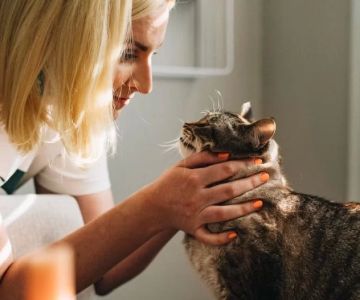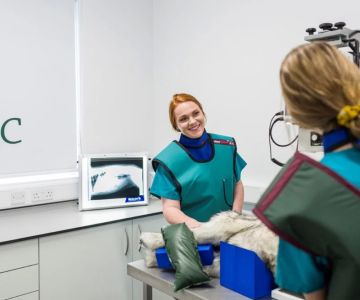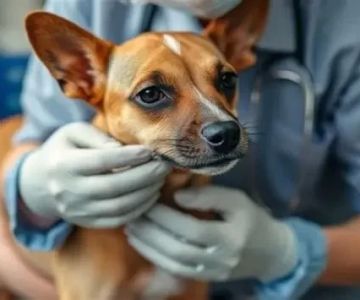Mastering the Art of How to Address a Veterinarian Respectfully
- 1-Understanding-Veterinarian-Roles-And-Titles
- 2-Formal-Ways-To-Address-A-Veterinarian
- 3-Casual-And-Informal-Addressing-Guidelines
- 4-Cultural-And-Regional-Differences
- 5-Real-Life-Examples-Of-Proper-Addressing
- 6-Importance-Of-Respectful-Communication
- 7-Recommendations-For-Building-Rapport
1. Understanding Veterinarian Roles and Titles
Before diving into how to address a veterinarian, it’s important to understand their professional roles and the appropriate titles they hold. Veterinarians are licensed medical professionals who diagnose, treat, and help prevent diseases in animals. The formal title often used is “Doctor” or “Dr.” followed by their last name, reflecting their medical expertise and academic achievements.
In some cases, veterinarians may hold additional qualifications or certifications such as “DVM” (Doctor of Veterinary Medicine) or “VMD” (Veterinariae Medicinae Doctoris), depending on their school of training. Knowing these distinctions can enhance the respectfulness of your address.
2. Formal Ways to Address a Veterinarian
The most universally accepted way to address a veterinarian in formal settings is to use “Dr.” followed by their last name, such as “Dr. Smith.” This convention parallels addressing human medical doctors and acknowledges their professional status.
In written correspondence, include the full professional title if known, for example, “Dr. Jane Smith, DVM.” When speaking directly, a polite and clear “Doctor” or “Dr.” works well. This approach conveys respect and professionalism.
If you are unsure of their preferred form of address, it is perfectly acceptable to ask politely or observe how others refer to them in that particular setting.
3. Casual and Informal Addressing Guidelines
In less formal environments, such as among colleagues or during friendly conversations, veterinarians might prefer to be addressed by their first names. However, this depends heavily on the individual’s preference and the relationship’s context.
Pet owners visiting veterinary clinics often start with “Doctor” and shift to first names only if invited. Showing flexibility but maintaining respect ensures positive communication.
Avoid overly casual or disrespectful nicknames unless explicitly welcomed by the veterinarian, as this can undermine their professional authority.
4. Cultural and Regional Differences
How to address a veterinarian can vary based on cultural and regional customs. For instance, some countries emphasize the use of academic titles or professional designations more strictly, while others favor first names after initial introductions.
In regions where veterinary care is highly formalized, using full titles and surnames is expected. Conversely, in smaller communities or informal practices, casual greetings might be more common.
Awareness of these differences and adapting accordingly demonstrates cultural sensitivity and enhances rapport with veterinary professionals.
5. Real-Life Examples of Proper Addressing
Consider a pet owner visiting a veterinary hospital for the first time. Addressing the attending veterinarian as “Dr. Johnson” conveys respect and establishes a professional tone. If the veterinarian introduces themselves as “Jane,” it signals openness to a more informal address.
In a professional veterinary conference, speakers and attendees almost always use formal titles and last names, underscoring the importance of expertise and decorum in such settings.
These examples show that adapting how to address a veterinarian according to the context is key to respectful and effective communication.
6. Importance of Respectful Communication
Respectful addressing is more than etiquette; it impacts trust and cooperation between clients and veterinarians. Using the proper forms of address fosters positive relationships, encourages open dialogue, and contributes to better care for animals.
Veterinarians often work under stress and emotional pressure. When clients address them respectfully, it can ease tension and create a supportive environment beneficial for everyone involved.
7. Recommendations for Building Rapport
To build strong rapport with your veterinarian, start by using proper addressing as a foundation. Listen actively, show appreciation for their expertise, and engage in honest communication.
If you’re interested in gifts or tools that show gratitude and support for your veterinarian, exploring trusted professional resources can provide meaningful options that deepen your connection.
Mastering how to address a veterinarian thoughtfully opens doors to collaborative care and positive experiences for both pet owners and veterinary professionals.











